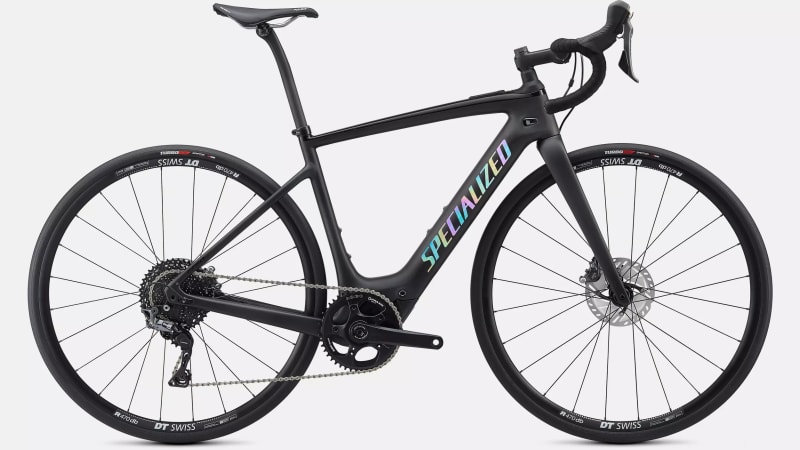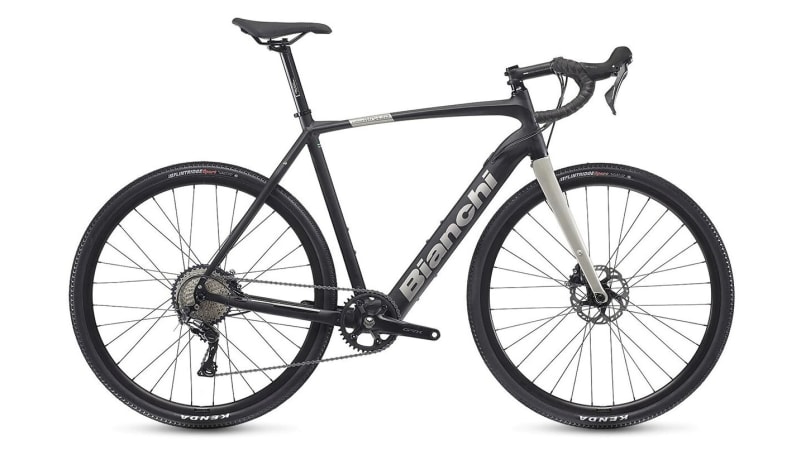How to choose the electric bike that's right for you

Autoblog may receive a share from purchases made via links on this page. Pricing and availability are subject to change.
Electric bikes have exploded in popularity in recent years, and for good reason: they allow you to ride longer distances and faster speeds with less fatigue, as well as enjoy areas and terrain previously unexplored due to how difficult riding would be on a regular bike.
While there are a ton of upsides, the variety, cost and laws surrounding electric bikes can leave a lot of people scratching their heads when it comes to which bike to purchase.
Classes of electric bike
Laws for electric bikes vary from state to state. Currently 36 states recognize the three class system for electric bikes. Since I live in the state of Colorado, we’ll use that as an example. For more information on electric bike laws state to state, check out this article on juicedbikes.com. For a motorized bike to be considered an electric bike in Colorado, it must have two or three wheels, have operable pedals and it must have a motor that provides up to 750 watts of power. There are electric bikes on the market, like the Jeep electric bike that offer motors that are higher than 750 watts. In Colorado those would be considered an OHV/ low-powered scooter or dirt bike and are limited to motorized trails.
All electric bikes that fit the criteria listed above are then grouped into three categories creatively named Class 1, Class 2 and Class 3.
A Class 1 electric bike is an electric bike that only provides assistance while you are pedaling (no throttle switch) and only provides assistance up to 20 miles per hour. Now that doesn’t mean your bike can’t go faster than 20 miles per hour (I’ve hit 48 miles per hour on electric bikes near my home on a big downhill) but the motor won’t provide any assistance at speeds faster than 20.

A Class 2 electric bike is similar to a Class 1 electric bike in that the motor only provides assistance up to 20 miles per hour. The only difference is that you do not need to be pedaling in order for the motor to be working. Most of the time this is done through the use of a throttle switch.

A Class 3 electric bike like the example above is the same as a Class 1 electric bike in that you must be pedaling for the motor to assist you. The difference here is that the motor will provide assistance up to 28 miles per hour instead of just 20 miles per hour.
Why are these classes important? These classes are what determines where you can legally ride your electric bike. My favorite trails near my house only allow Class 1 electric bikes on dirt trails and Class 2 can only be ridden on paved trails, so it is important to know the rules where you’re riding. Some electric bikes, like the 750-watt powered Jeep electric bike, can allow you to change your bike’s class by just removing the throttle switch, while others are permanent, so know your local laws and regulations before you buy.
Types of electric bike
Now that we’ve got classes out of the way, let’s talk about the different electric bike types. This is exactly the same as choosing what type of human-powered bike you want.
Cruisers or Commuter Bikes – Like the Hurley model listed above, this is the type of bike you want if you’re only using it on paved or smooth terrain in the most casual way possible.

Mountain Bikes – Mountain bikes fall into a few different categories, with the main two being hardtail and full-suspension. A hardtail bike is one that features shocks on the front fork of the bike, while a full-suspension features them on both the front and rear offering an even smoother ride. Both styles feature large knobby tires that are perfect for traveling over rough, rocky terrain.
Adult mountain bikes usually come in three different wheel sizes, 26”, 27.5” and 29”. 26” wheels tend to be more maneuverable while 29” wheels more easily roll over rough terrain, while 27” is a good middle ground.

Road Bikes– In general, road bikes are the lightest and fastest bikes out there when it comes to riding on pavement. They feature an aggressive geometry that prioritizes aerodynamics over comfort.

Gravel Bikes – Similar in geometry to a road bike but with wider knobbier tires and lower gearing that allow you to travel over rough terrain more easily than a road bike
Other things to consider
Let’s say for example you’ve figured out that because you like riding dirt trails that have a few rocky sections and jumps that you want to buy a full-suspension Class 1 electric bike, there are still a few things to consider:
Removable vs non-removable battery – If you need more range than one battery can offer or you want to upgrade your battery after a few years because it has started to decline in performance, you’ll want a removable battery. Make sure that there is a way to lock or secure it so it doesn’t get stolen when you park your bike. If there isn’t, you can always take it with you in a backpack but that can quickly become a pain.

Transporting your bike – Because of the battery and the motor, electric bikes are quite a bit heavier than their human-powered counterparts. Because of this, you’ll need to make sure that if you buy a bike rack you are buying one that can handle the weight of an electric bike, lest your new favorite purchase go tumbling down the highway. Companies like Yakima, Thule, Kuat and Saris all offer electric bike-specific racks. Personally, I am a fan of hitch mounted racks over trunk style racks. They’re more secure and considering hitches are used to tow everything from RVs to boats, I know it’ll be able to handle my 75 pound fat tire electric bike.
Range – Range is arguably the most important aspect of an electric bike. Yes, you can still pedal electric bikes home if you run out of juice, but because they are much heavier than a human-powered bike, they aren’t always the easiest to get home, depending on what the trail home looks like and what bike you have. Range can also vary wildly depending on your rides and how much assistance you use. If you’re riding big hills all day long on a class 2 bike, never once touching the pedals on the way up, your range will look much different than that of someone on the same bike riding relatively flat terrain who only uses the least amount of assistance.
Other things that can have an impact on range other than riding style are weight, temperature, age of the battery and tire pressure. The heavier the rider, the lower the range. The same can be said for trailers if you are towing one with your bike. As far as temperature, the colder it is the less range you’ll have due to stress on the battery. Same with battery age, the older, the less range. Finally, if your tire pressure is low there is more contact with the riding surface which causes more friction and lowers overall battery range.
Some electric bikes come with a computer that can tell you how to adapt your riding style to get the most out of your battery as well, which can help increase the overall range of the electric bike.
Maintenance – electric bike maintenance is similar to regular bike maintenance in that you have to keep things clean, well lubricated and in good shape in order for your bike to perform at its best. Things like tire pressure, chain lubrication and washing should be done on a regular basis. electric bikes components can be subjected to more strain than those of a human-powered bike thanks to the motors so in time components can become worn out and need replacing. Check out this article on bikeradar.com for a more in-depth look at electric bike maintenance.
Cost – Budget is going to vary from person to person, based on what you’re comfortable spending. electric bikes, due to the fact that they have even more moving parts than the human-powered variety, generally cost more money. Just remember that, like with regular bikes, you get what you pay for. Low cost, cheap electric bikes usually save money by using less-than-quality components that are either heavier, don’t work as well or don’t last as long. This doesn’t mean you shouldn’t purchase a less expensive bike off of amazon and instead drop $9k on a Specialized full-suspension instead. Just know what your use case is and know what you’re getting into.
How to decide which bike is for you
By reading everything written above and being honest with yourself as to how you’ll actually be using your bike. Nothing is worse than spending your hard earned money on something you never use, or in the case of some state regulations, you can’t use, so make sure to do your research. Happy biking.



